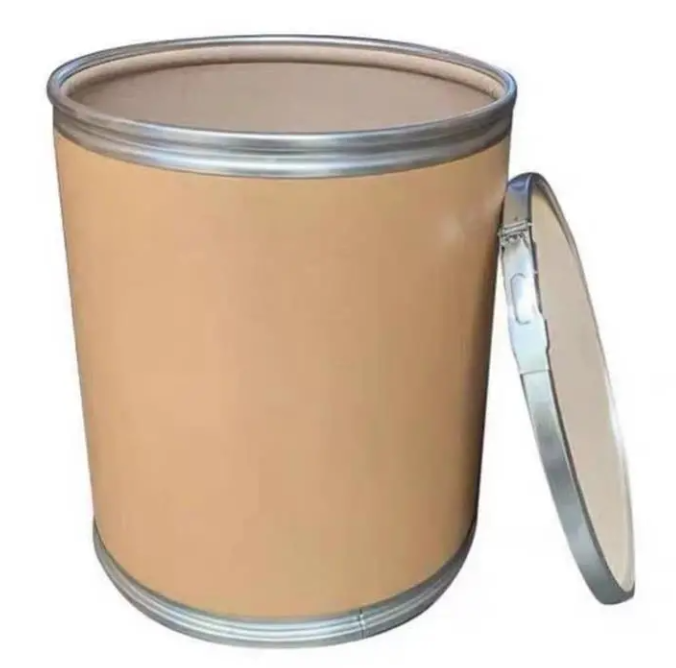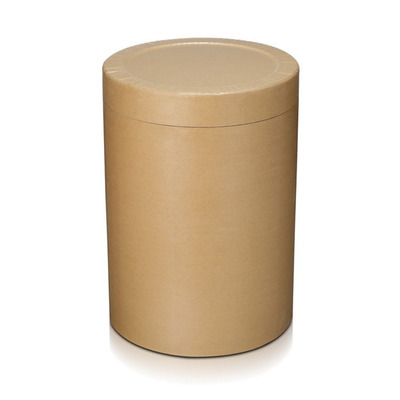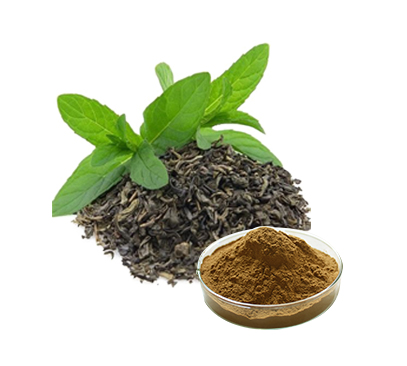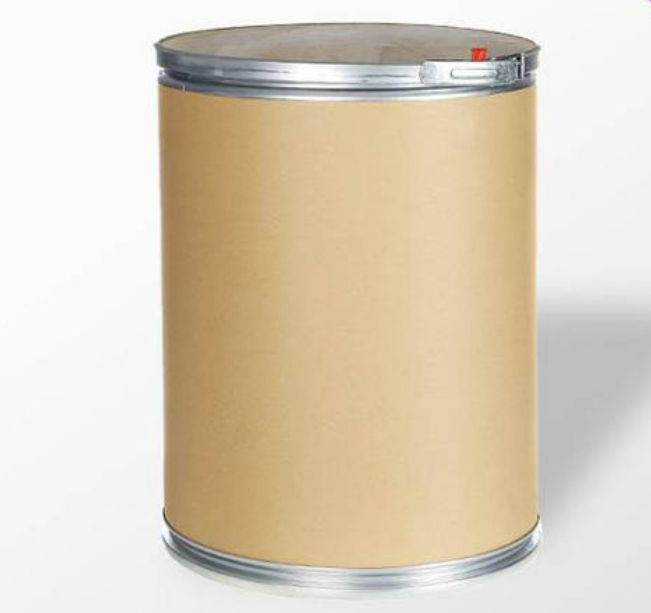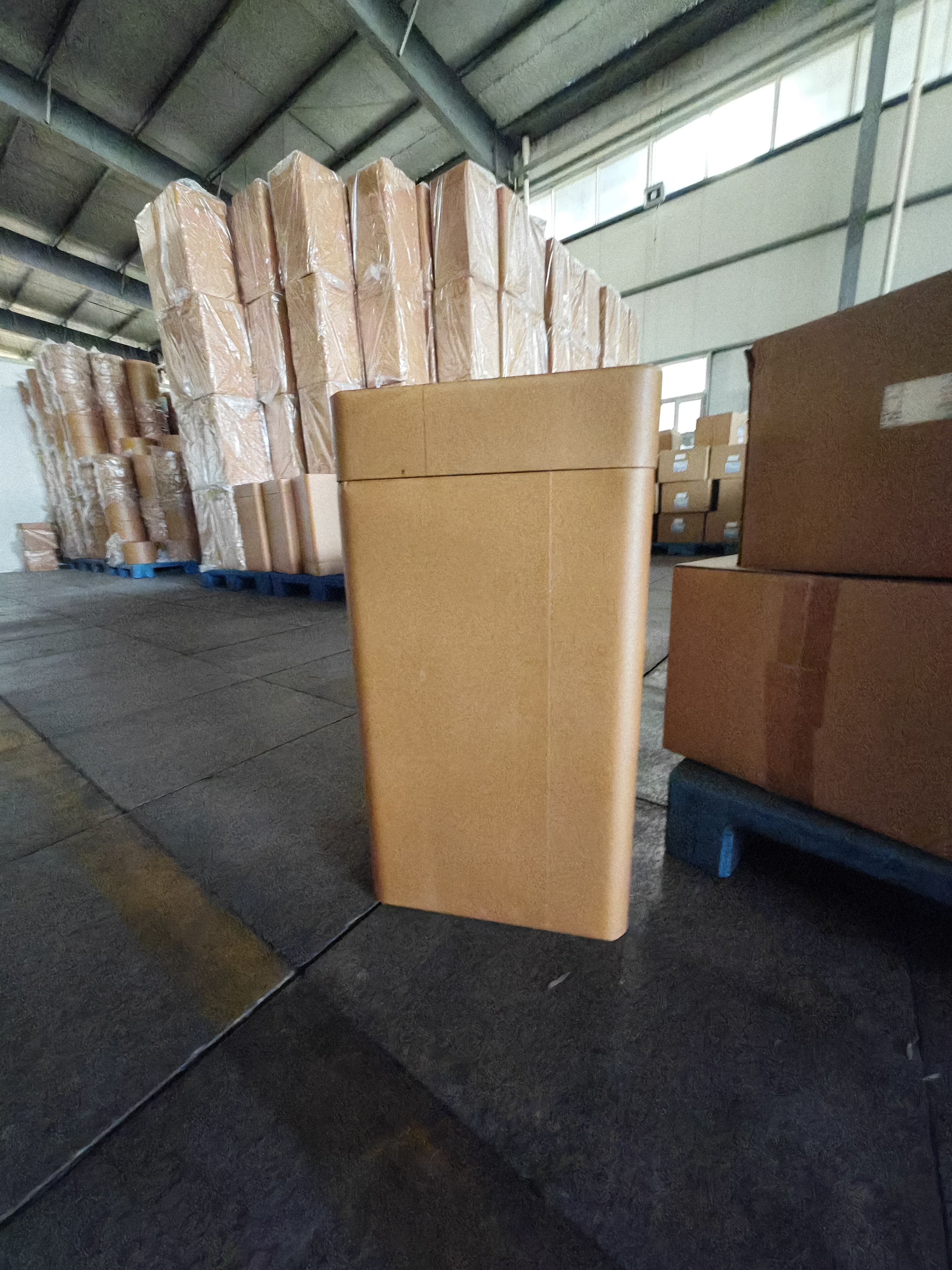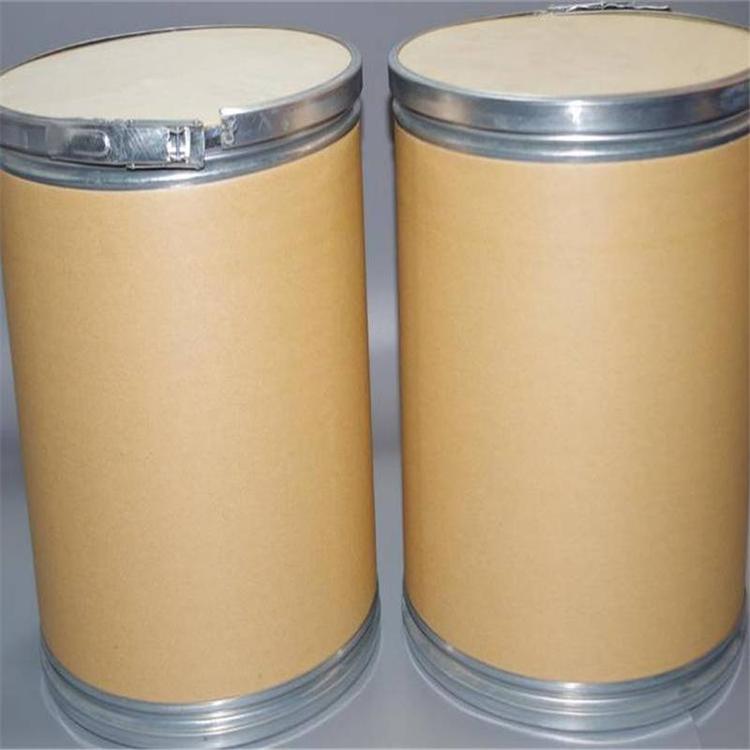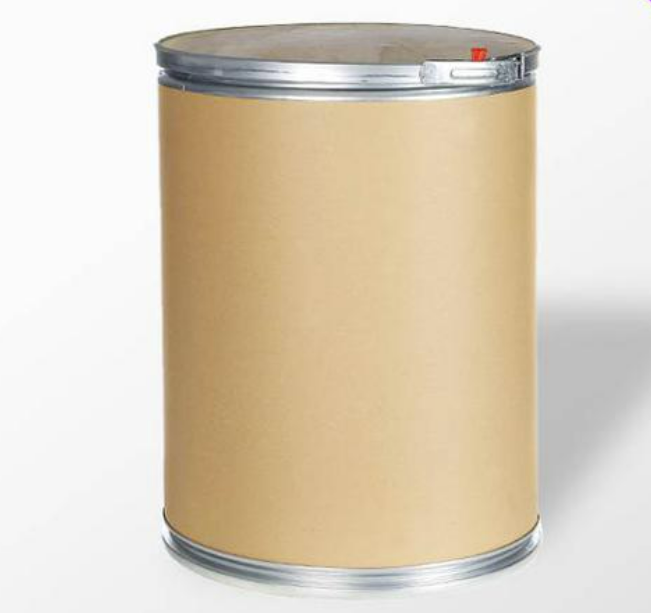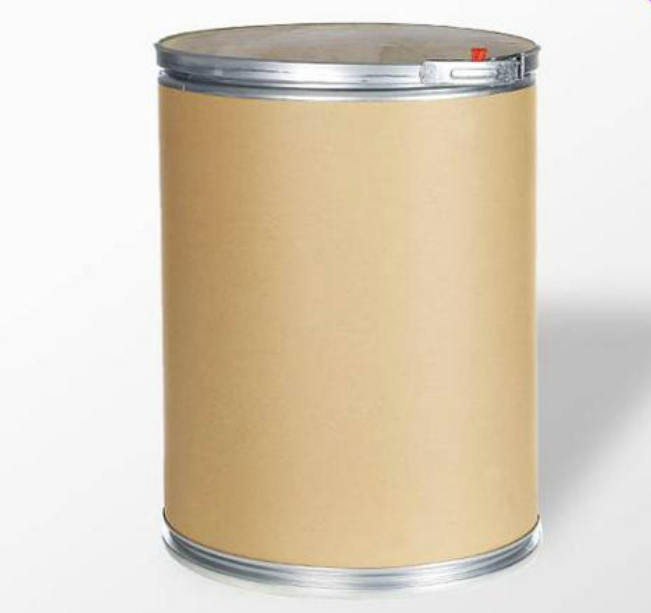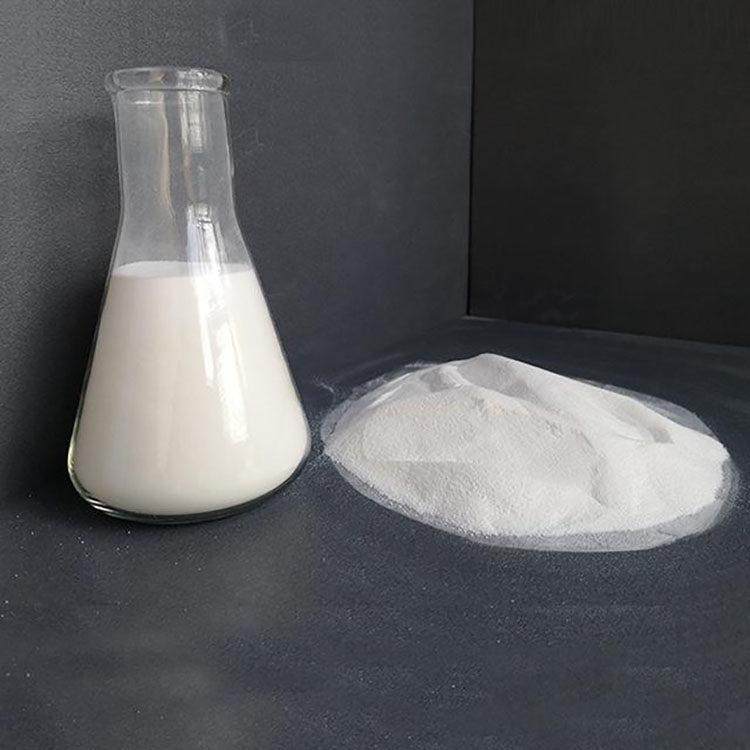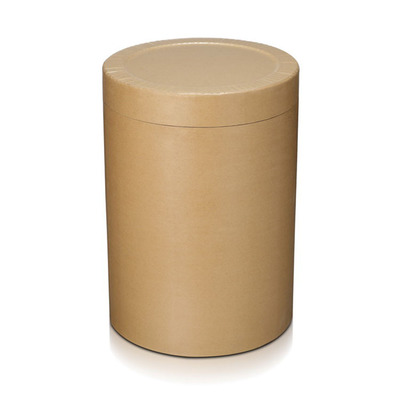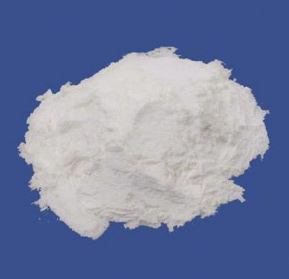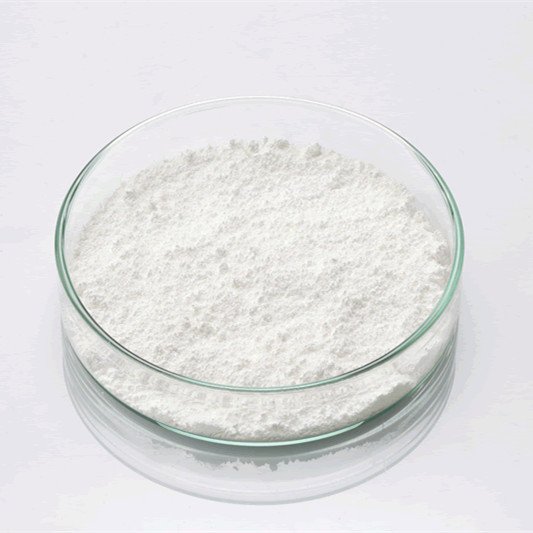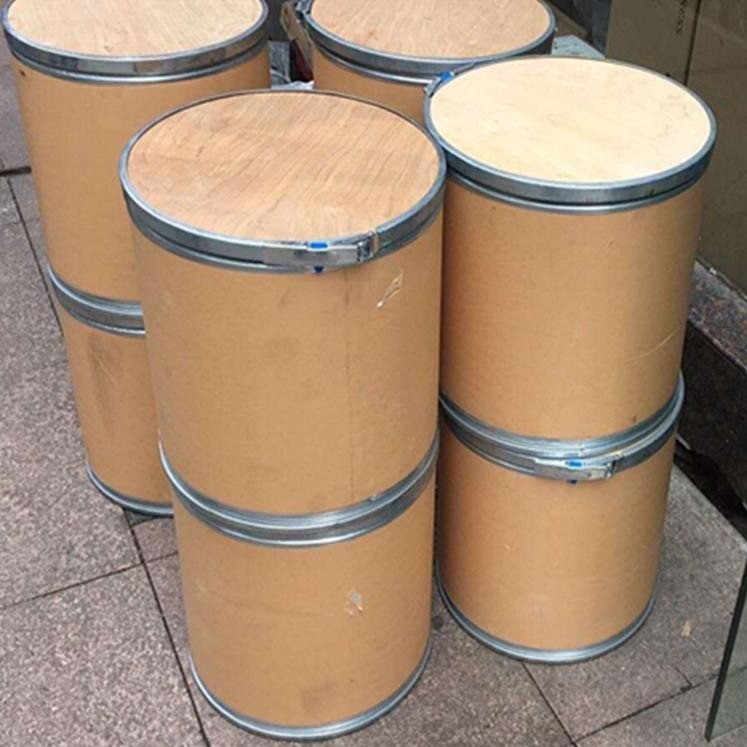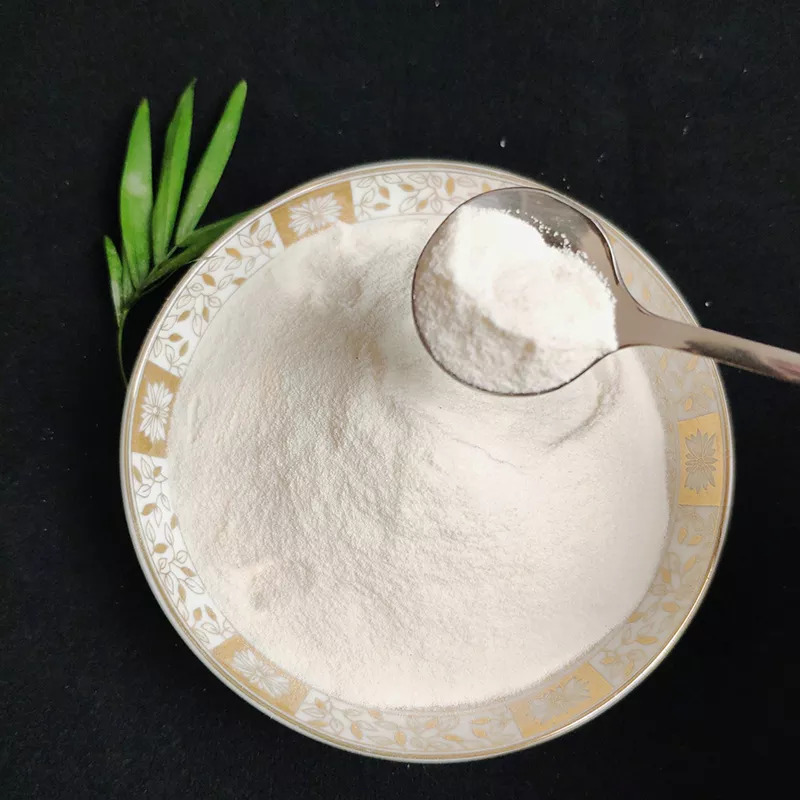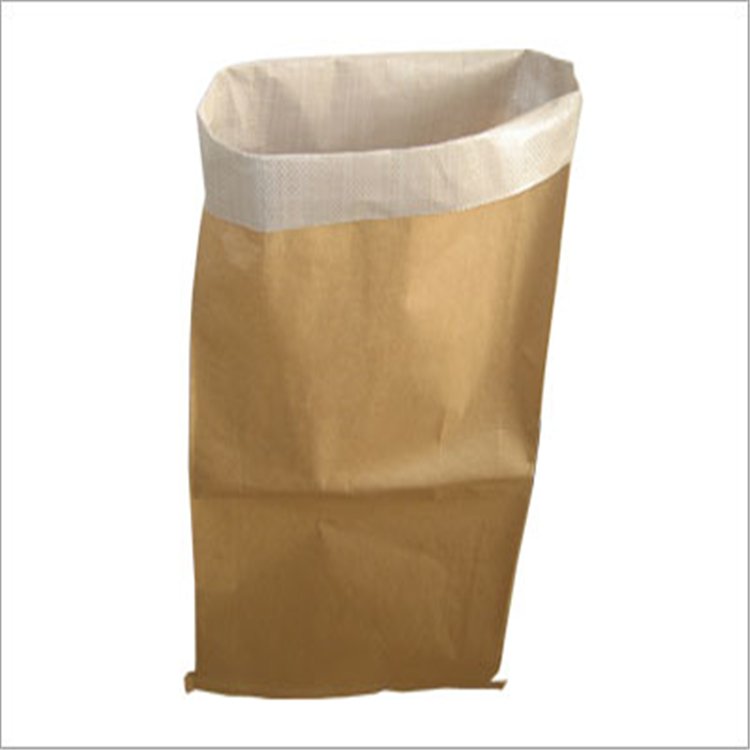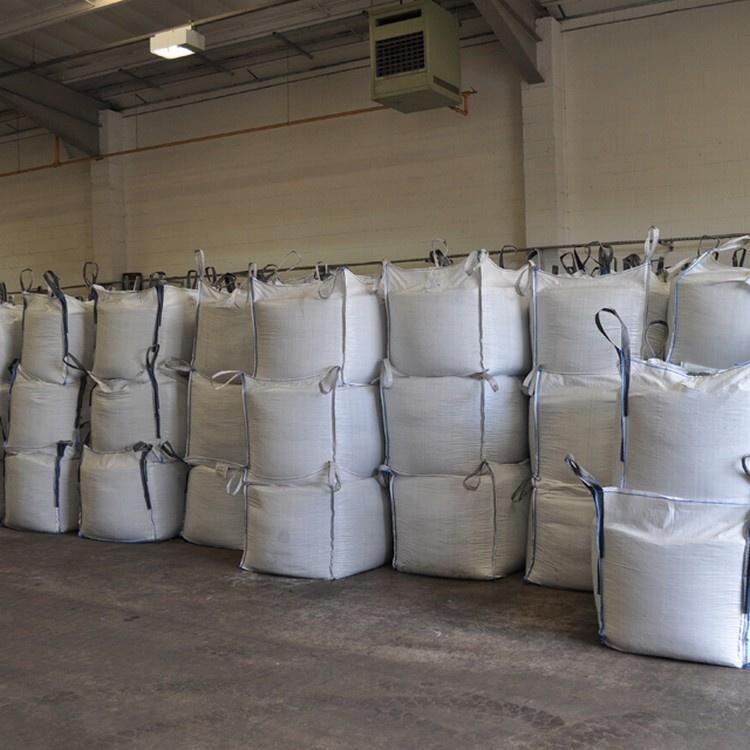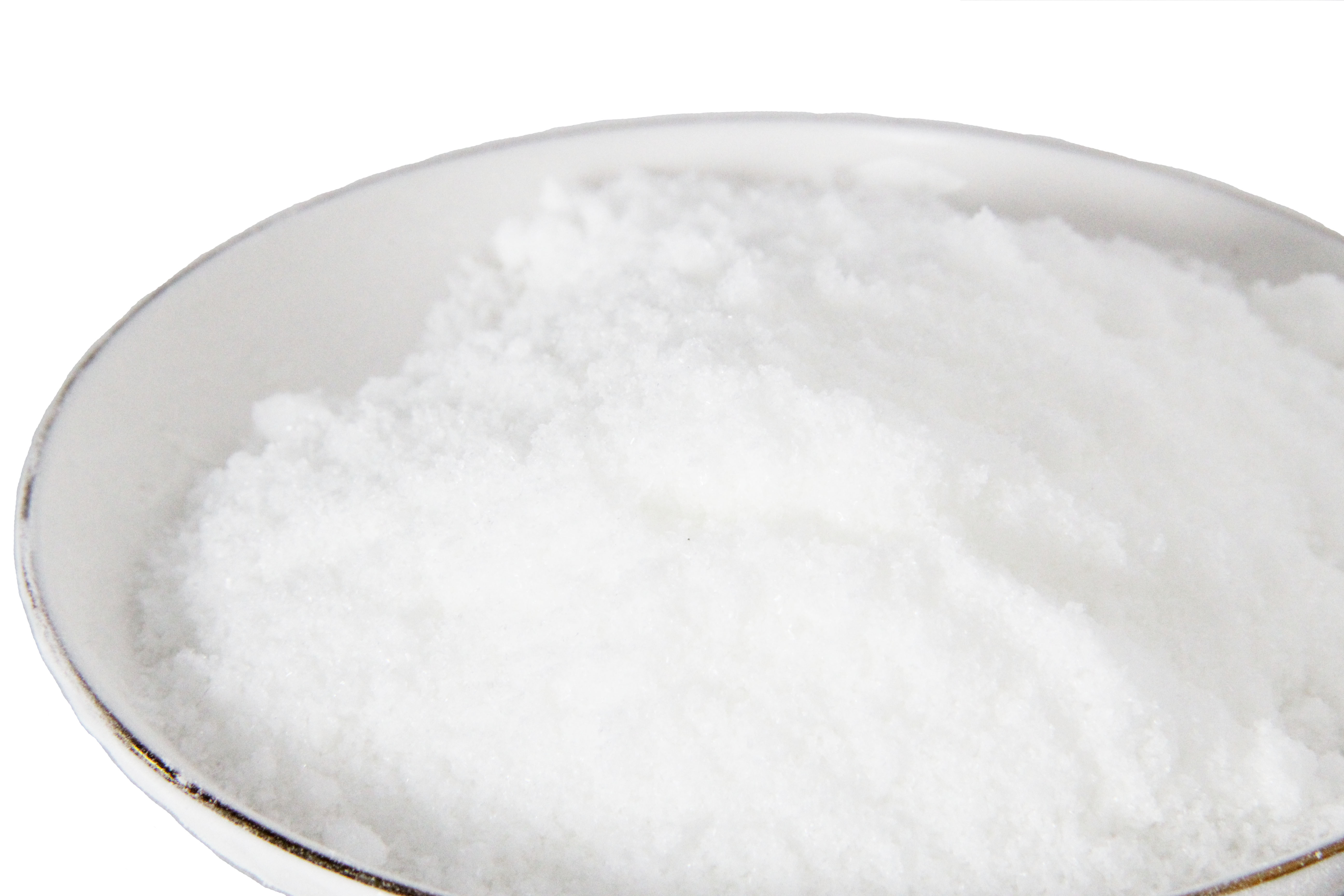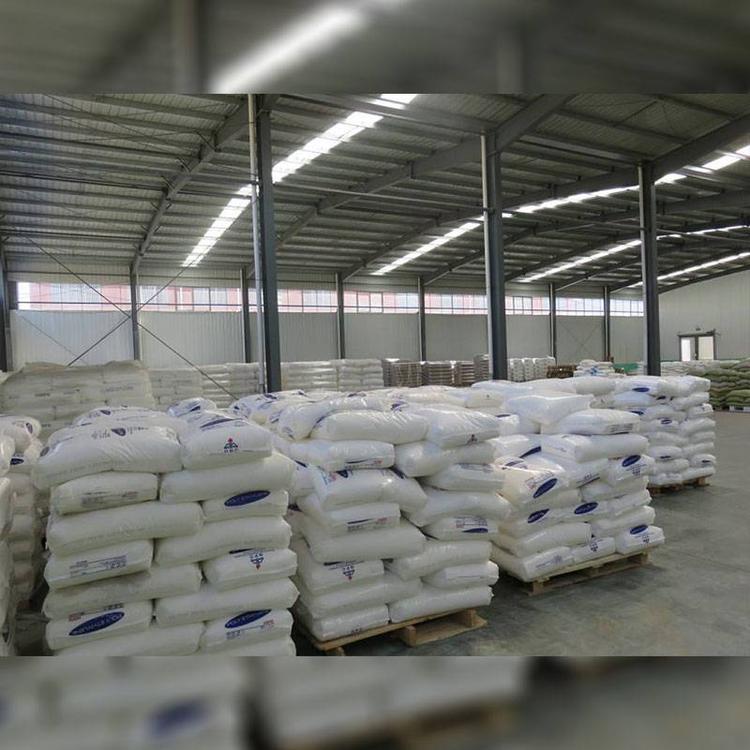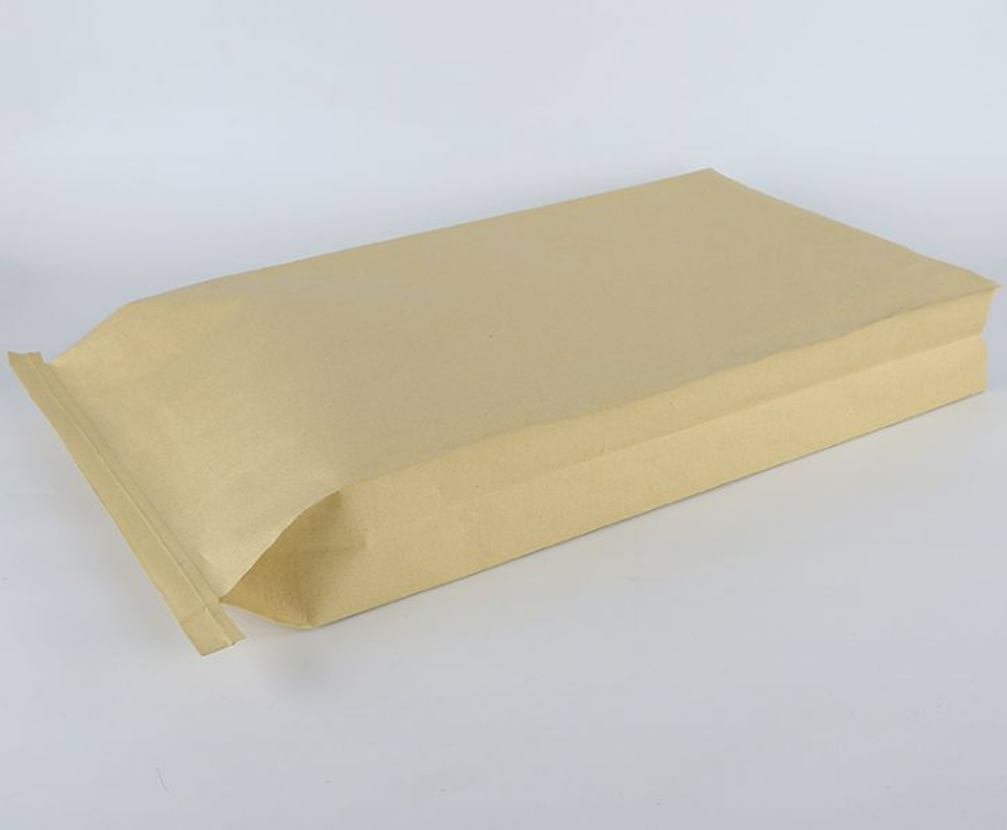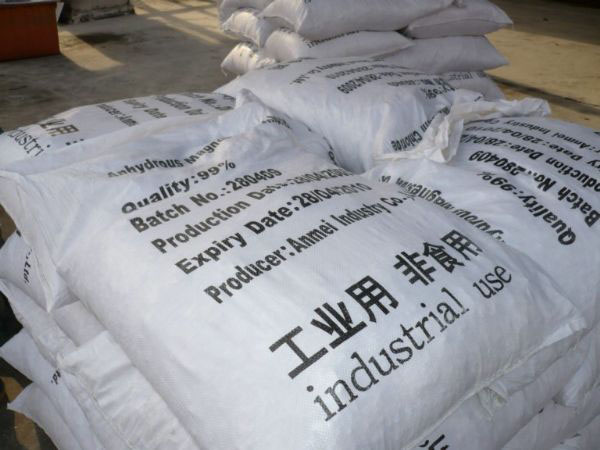Cosmetics
Find
703
related chemicals for you
CAS:3081-61-6
Molecular Formula:C7H14N2O3
Alias
More Information
Theanine,L; L-Glutamic Acid γ-(Ethylamide); N-γ-Ethyl-L-Glutamine; L-Theamine; Suntheanine; (S)-2-Amino-5-(Ethylamino)-5-Oxopentanoic Acid; Theanine; N'-Ethyl-L-Glutamine; N(5)-Ethyl-L-Glutamine; L-γ-Glutamylethylamide; L-Theanine In Stock Gmp Factory; H-Glu(Nhet)-Oh; L-Glutamic Acid Gamma-(Ethylamide); (S)-2-Amino-4-(N-Ethylcarbamoyl)Butanoic Acid
Brief Introduction
Theanine is a characteristic amino acid in tea, which is synthesized by glutamic acid and ethylamine under the action of theanine synthetase in the root of tea plant. It is an important substance to form the taste of tea, which is mainly manifested as fresh and sweet, and is the main component of tea. 26 kinds of amino acids (6 kinds of non protein amino acids) were identified in tea, which generally accounted for 1% ~ 5% of the dry weight of tea, and theanine accounted for more than 50% of the total free amino acids in tea. As the most abundant characteristic non protein amino acid in tea, theanine is safe, non-toxic and has many biological activities, such as antioxidation, immune regulation, anti-aging, antagonizing cell excitotoxicity caused by excessive glutamate. At the same time, L-theanine, as an alkyl amine, can be activated γ- T immune cells promote cell proliferation and cytokine secretion, enhance the ability to resist tumor cells, reduce the infection of external microorganisms, and reduce the risk of cold and influenza.
Suppliers
View More Vendors (6) >
CAS:52-90-4
Molecular Formula:C3H7NO2S
Alias
More Information
L-Cys; (R)-2-Amino-3-Mercaptopropionic Acid; FEMA 3263; CYS; Thioserine; Cystein; Cysteine; 3-Mercapto-L-Alanin; Alpha-Amino-Beta-Mercaptopropionicacid; Alpha-Amino-Beta-Thiolpropionic Acid; Half-Cysteine; l-Cysteine Price
Brief Introduction
L-Cysteine is a kind of nonessential amino acid, which exists in keratin. Keratin is the main protein of nails, toenails, skin and hair. The relationship between L-cysteine and cystine is very close. Two molecules of L-cysteine form one molecule of cystine. L-Cysteine is more unstable. It is easy to become cystine which can also be reduced to L-cysteine. Both of them are sulfur-containing amino acids, which have effects on skin formation and detoxification. L-Cysteine is mainly used in cosmetics, medicine and food. In cosmetics, it is used to prepare perm, sunscreen, hair perfume and hair essence. In the field of medicine, it is used to prepare methyl cysteine, ethyl cysteine, acetylcysteine, methyl cysteine, ethyl cysteine and comprehensive amino acid preparations. L-Cysteine can also be used as a protective drug against radiation injury. In food, L-cysteine is used as bread fermentation auxiliary (ripening agent), antioxidant stabilizer for milk powder and fruit juice, and nutrient for pet animal food.
Suppliers
View More Vendors (6) >
CAS:6020-87-7
Molecular Formula:C4H11N3O3
Alias
More Information
Glycine, N-(Aminoiminomethyl)-N-Methyl-, Monohydrate; 2-[Carbamimidoyl(Methyl)Amino]Acetic acid,Hydrate; 2-(1-Methylguanidino)Acetic acid Hydrate; Creatine Hydrate; L-Creatine Mono; Creatine, Monohydrate; Creatine Monohydrate, BR; N-Guanyl-N-Methylglycine; Creatin Monohydrate
Brief Introduction
It is widely used in food, beverage, additive, etc. Pharmaceutical raw materials and additives for health care products. It can inhibit the production of muscle fatigue factors, reduce fatigue and tension, restore physical fitness, accelerate human protein synthesis, make muscles stronger, enhance muscle elasticity, reduce cholesterol, blood lipid and blood glucose levels, improve muscle atrophy of middle-aged and elderly people, and delay aging.
Suppliers
View More Vendors (5) >
CAS:77-71-4
Molecular Formula:C5H8N2O2
Alias
More Information
DMH; DM Hydantoin; Dimethylhydantoin; Dantoin DMH; 5,5-Dimethyl-2,4-Imidazolidinedione; 5,5-Dimethylimidazolidine-2,4-Dione
Brief Introduction
It can be used in the synthesis of amino acids, disinfectant, epoxy resin, etc.
Suppliers
View More Vendors (5) >
Daqing Rishengchang Petroleum And Chemical Technology Co.,Ltd.
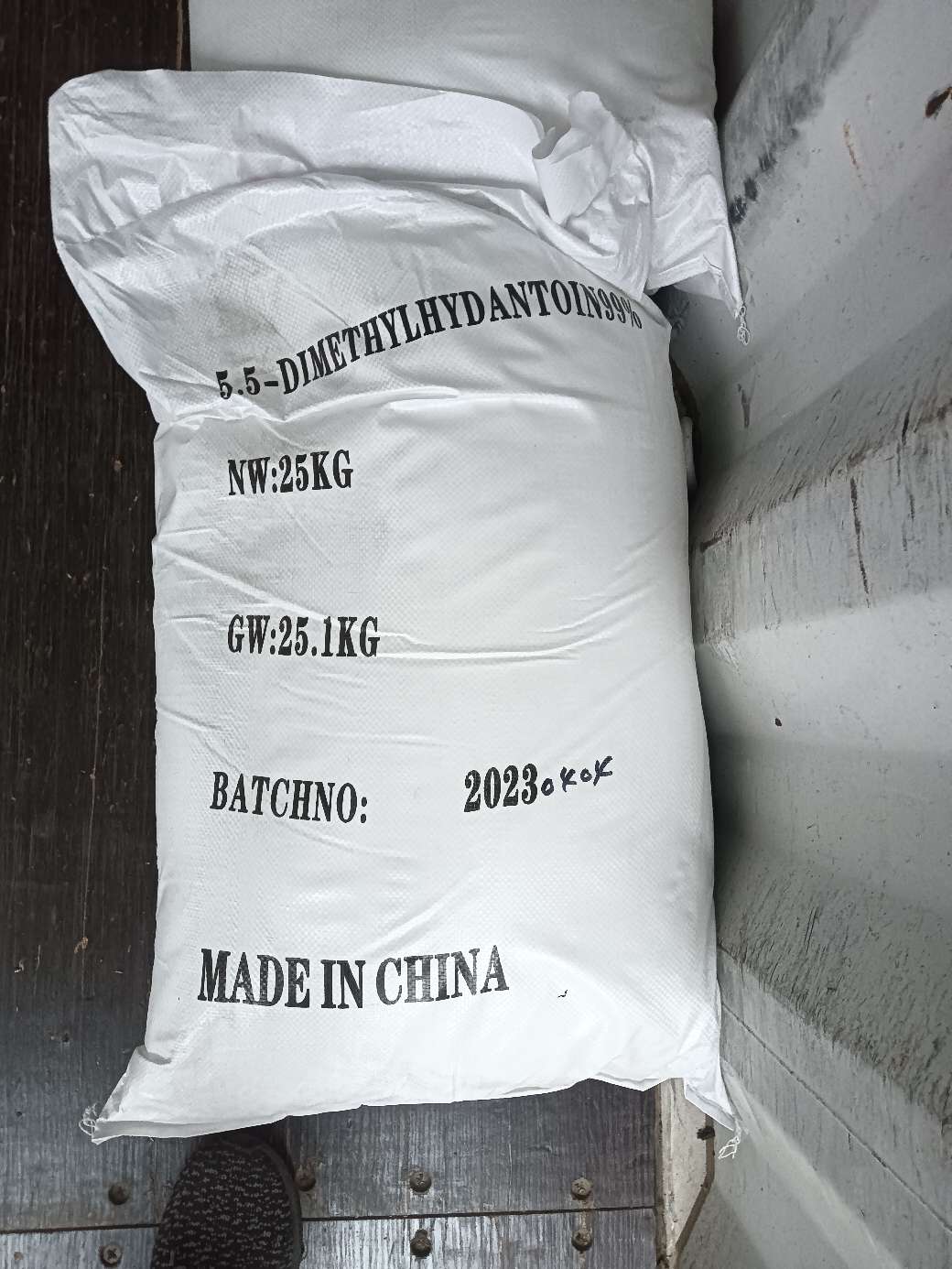
≥99.0%
/
Tech Grade
25kg
/
Woven Bag
CAS:7786-30-3
Molecular Formula:Cl2Mg
Alias
More Information
Magnesiumdichloride; Magnesium Dichloride; Magnesium Chloride Anhydrous; Anhydrous Magnesium Chloride; Slow-Mag; Magnesium Chloride Solution; Magnesium Atomic Spectroscopy; Magnesium Chloride Flakes
Brief Introduction
It is used for making metal magnesium, disinfectant, fire extinguishing agent, frozen brine, ceramics, filling fabrics, papermaking, etc; Curing agent; Nutrition fortifier; Flavoring agent (combined with magnesium sulfate, table salt, calcium hydrogen phosphate, calcium sulfate, etc.); Japanese sake and other fermentation AIDS; Water removing agent
Suppliers
View More Vendors (5) >
Lianyungang Zhonghong Chemical Co.,Ltd.
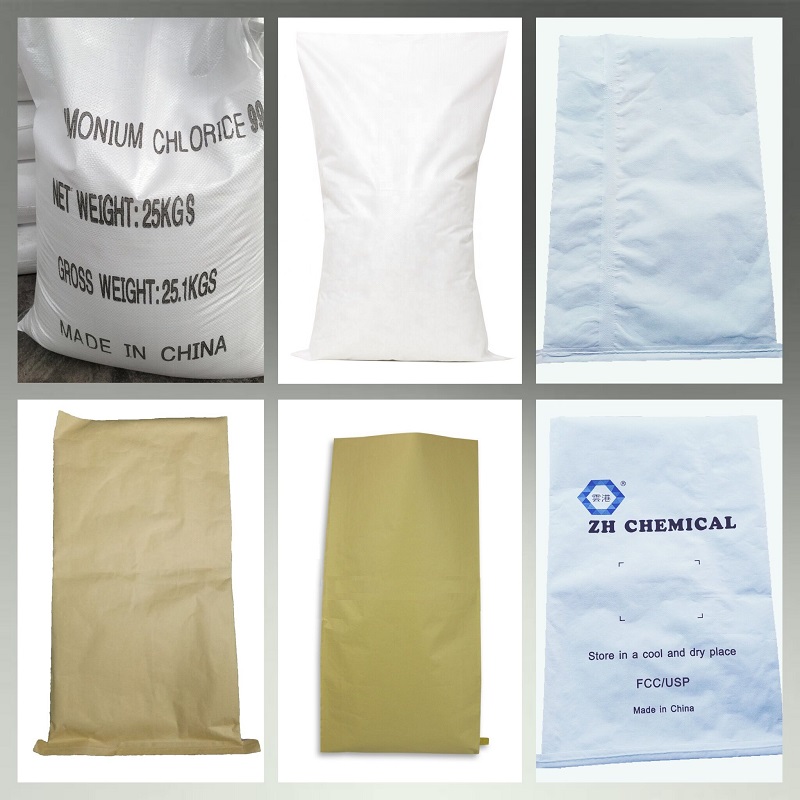
assay ≥99
/
-
Purity: 98%, 99%, 99.5%, 99.9% (technical, food, pharmaceutical grades)
/
-
Inquiry (
10
/ 10
)
Clear All
You can inquire for up to 10 products at a time
Sign In
Error!

